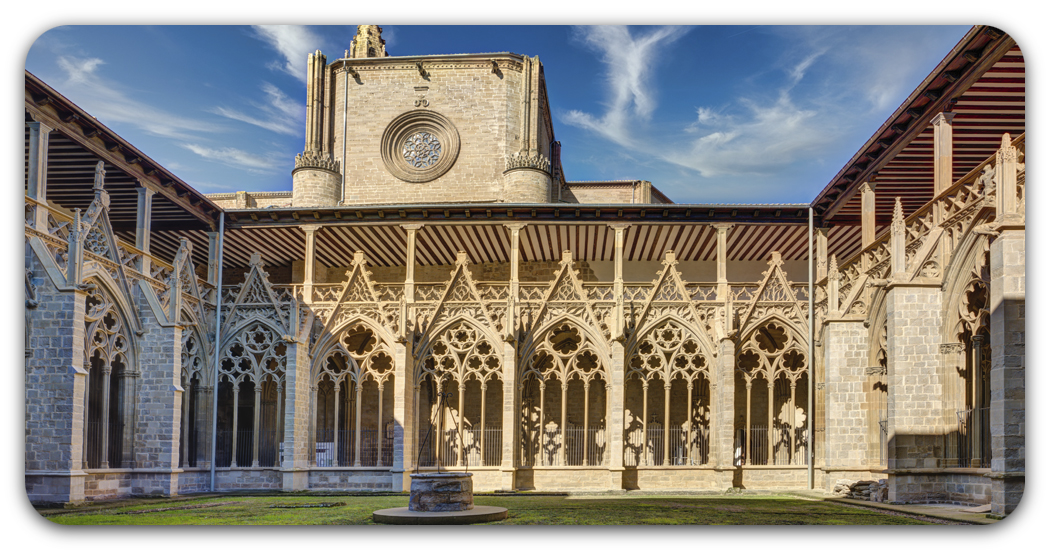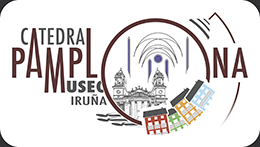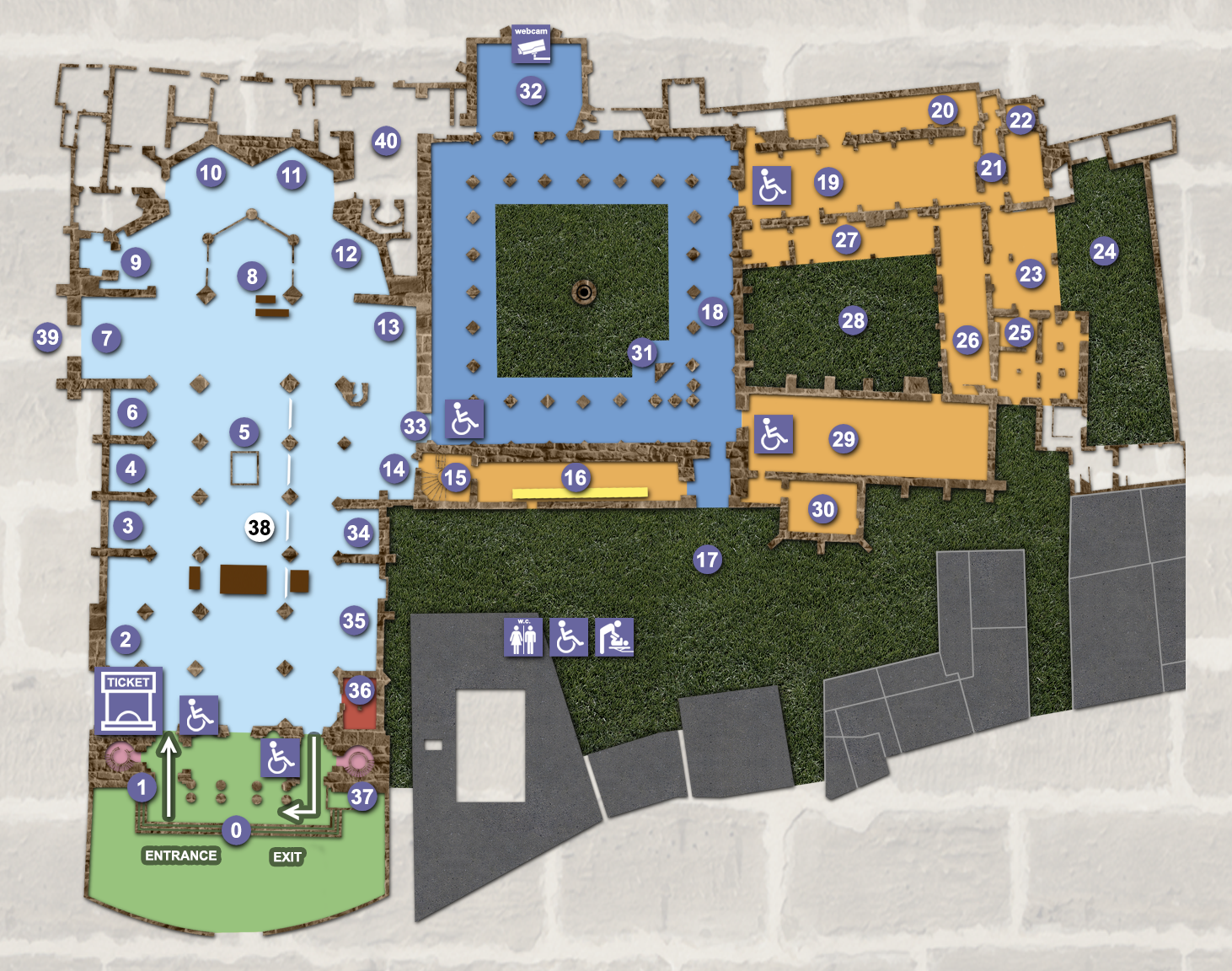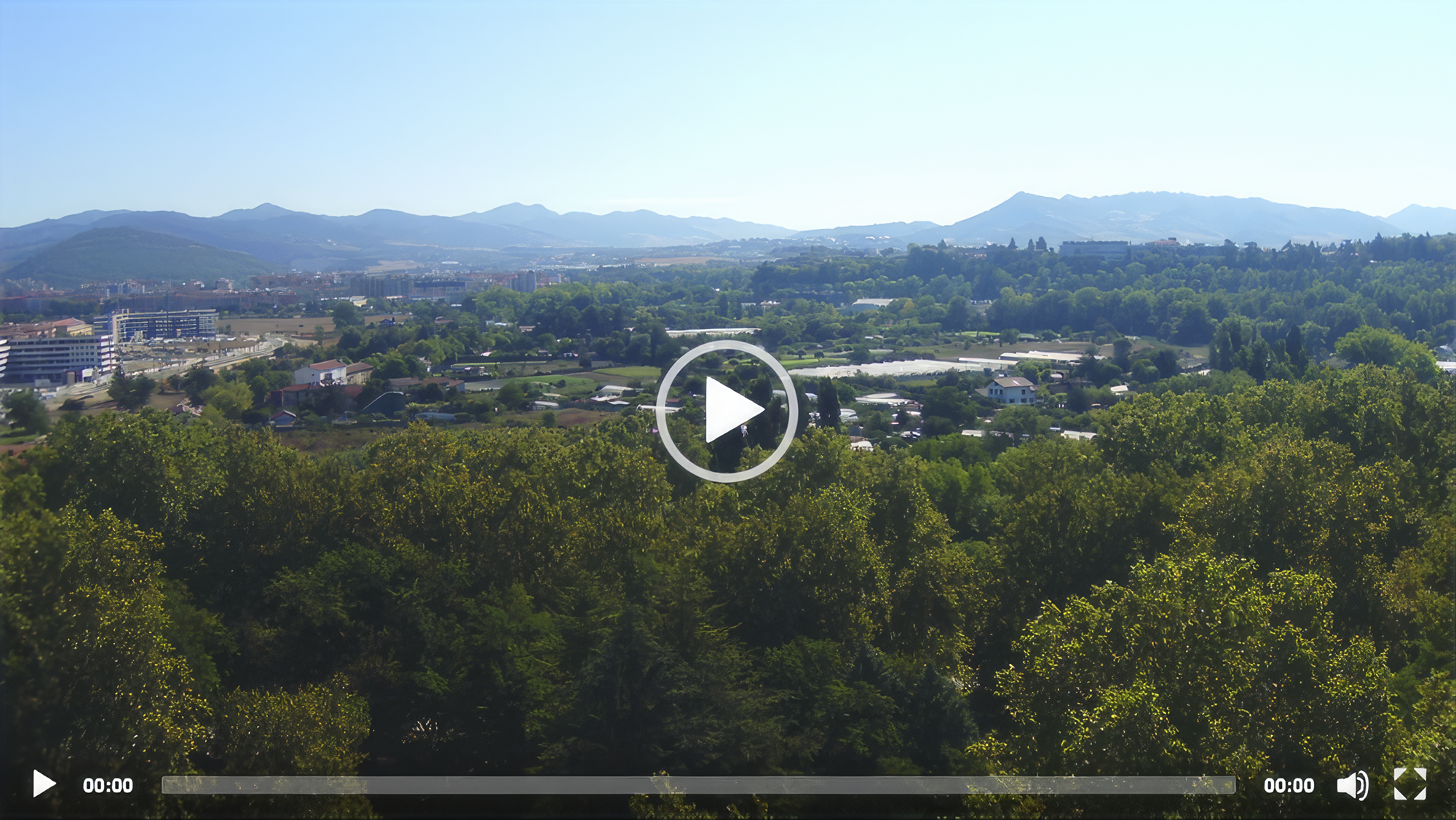18 Cloister

This is one of the best preserved cloisters in Europe.
Its construction started in 1280 and lasted until 1330. It is Gothic and it became more complex as the construction progressed.
The doorways are particularly impressive:
–Amparo doorway (around 1320): it allows access to the church. It represents the Dormition of the Virgin and on the mullion is the Virgin of Amparo.
–Archdeaconry doorway (1320s): divided into two frames. The upper frame represents the Crucifixion, whereas the frame below contains scenes of the Paschal Cycle.
–Refectory doorway (1320s): it allows access to the Canons’ dining room. It is divided into two frames; the upper one represents the entrance to Jerusalem and the one below the Lord’s Supper. In the doorjambs the Church and the Synagogue are represented by sculptures.
–Preciosa doorway (from 1325): it was used to access the Canons’ bedroom. The theme revolves around the Death of the Virgin. It starts with the angel announcing to Mary her own death and finishes with the Coronation.
There also are various sepulchres:
–Sepulchre of the Garro family, Gothic.
–Sepulchre of Miguel Sánchez de Asiain, Gothic.
–Sepulchre of Juan Buenaventura Dumont, Count of Gages, Neoclassical.
–Sepulchre of Francisco Javier Espoz y Mina, Neoclassical.
The over-cloisters were built in the 16th century. For this reason the spiral stairway was made in a flamboyant Gothic style.



